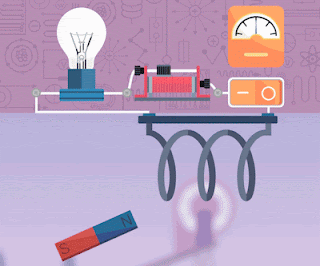About the
Subject :
Wireless networking is a method by which homes, telecommunications networks and enterprise (business) installations avoid the costly process
of introducing cables into a building, or as a connection between various equipment locations.
Topics to be covered in this
Seminar :
WLAN technologies:
Infrared, UHF narrowband, spread spectrum -IEEE802.11: System architecture,
protocol architecture, physical layer, MAC layer, 802.11b, 802.11a – Hiper LAN:
WATM,BRAN, HiperLAN2 – Bluetooth: Architecture, Radio Layer, Baseband layer,
Link manager Protocol, security - IEEE802.16-WIMAX: Physical layer, MAC,
Spectrum allocation for WIMAX-Introduction - Mobile IP: IP packet delivery,
Agent discovery, tunneling and encapsulation, IPV6-Network layer in the
internet- Mobile IP session initiation protocol - mobile ad-hoc network:
Routing,Destination Sequence distance vector, Dynamic source routing-TCP
enhancements for wireless protocols - Traditional TCP: Congestion control, fast
retransmit/fast recovery, Implications of mobility - Classical TCP improvements:
Indirect TCP, Snooping TCP, Mobile TCP, Time out freezing, Selective
retransmission, Transaction oriented TCP - TCP over 3G wireless
networks-Overview of UTMS Terrestrial Radio access network-UMTS Core network
Architecture: 3G-MSC, 3GSGSN, 3G-GGSN, SMS-GMSC/SMS-IWMSC, Firewall,
DNS/DHCP-High speed Downlink packet access (HSDPA)- LTE network architecture
and protocol-Introduction – 4G vision – 4G features and challenges -
Applications of 4G – 4G Technologies: Multicarrier Modulation, Smart antenna techniques,
OFDM-MIMO systems, Adaptive Modulation and coding with time slot scheduler,
Cognitive Radio.
Time to be planned :
1 or 2 days
Kind of program :
3D based Seminar and Guest
Lecture for the Students
Reason for the program :
Kalam Scientist Team aiming to
build young generation Scientist
Sample Clips for reference :
3G Wireless Networking
Wireless Communication
Cheers,
Kalam Scientist Team
7667668009
7667662428


















